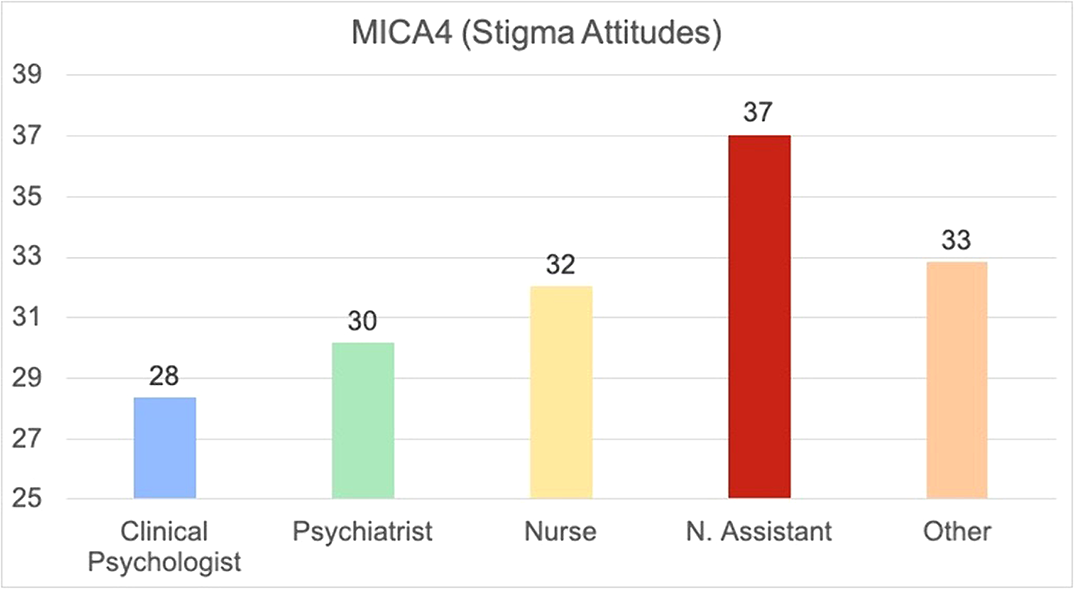Under a traditional medical model, discussion of issues related to
death and dying are usually avoided with clients who hold a psychiatric
diagnosis. Too often the result is that individuals in inpatient,
psychiatric facilities are left to face grief without emotional or
spiritual support. With its focus on the individual, family, and community
involvement, and fostering independence, the psychosocial model affords an
opportunity to change how mental health professionals address the topic of
death. In this article the authors give practical suggestions for working
with clients who are dying or who have experienced the death of a loved
one. Two case studies are used to illustrate how these ideas can be
translated into action.



